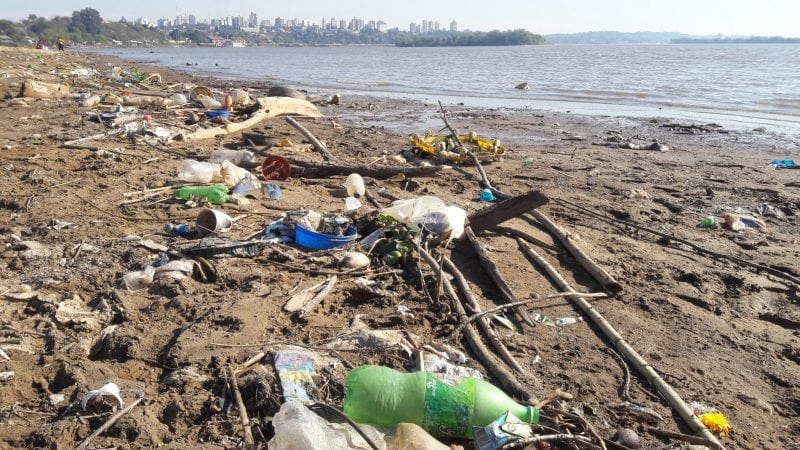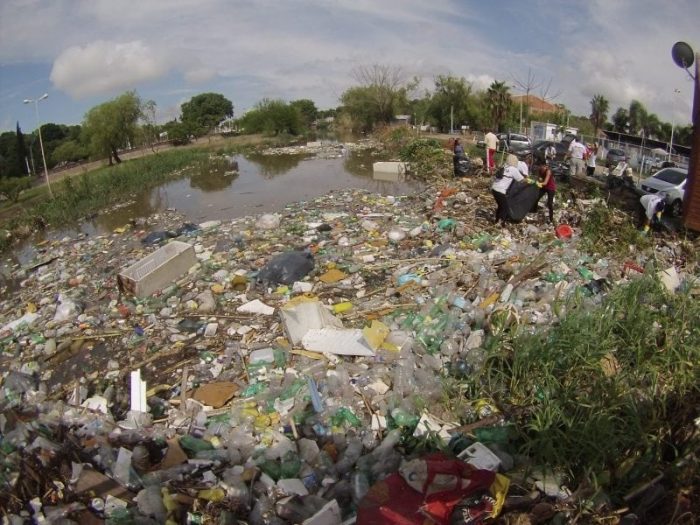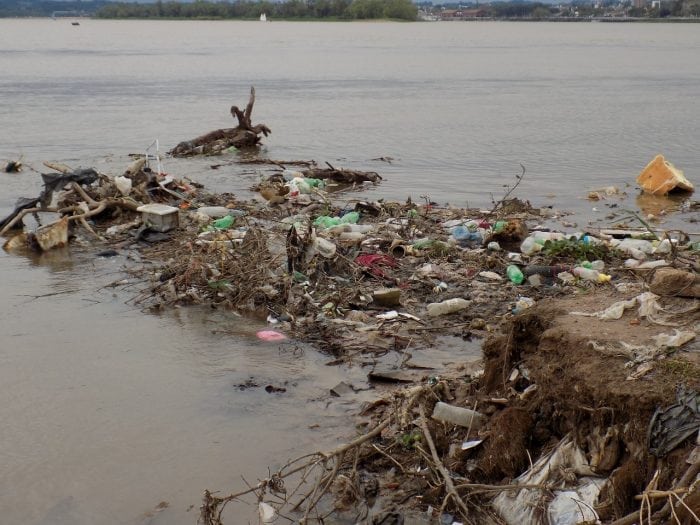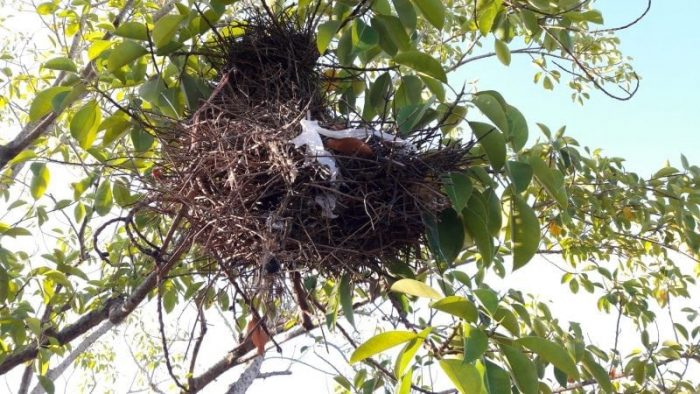
Today, plastic pollution is considered a critical environmental problem and it is identified, alongside climate change, as an emerging pollutant that might affect human health and biological diversity. Maybe, for this reason, plastic pollution has become a well-researched “hot topic” by scientists around the globe. But, unfortunately, they have concentrated their efforts in the marine environment.
Over the last decades, investigators have focused their studies on plastic contamination in seas and oceans, but up until recently, it was virtually ignored in rivers, creeks, and lakes. In fact, the rate of growth of marine scientific articles is more than five times higher than in freshwater systems, evidencing that the scientific efforts are still too focused on marine environments. Yet, plastic debris is also likely to cause freshwater biodiversity loss and pose threats to human health through fish and water consumption. In spite of this, scientific knowledge about how contaminated are rivers and lakes worldwide is still scarce, inconsistent, and biased, revealing a lack of a holistic scientific view.

Antoñico creek (urban creek) and clean up volunteers, Paraná City, Argentina, March 2016
Indeed, the existing worldwide information on freshwater systems is biased based on countries’ development level and not by environmental global necessities and priorities. The world’s scientists have focused the majority of their research in Western-Central Europe and North America, and only a minority of them in Asia, South America, and Africa. At first glance, this level of disparity is not surprising, since the top countries in science are in Europe and North America. However, this unbalance is particularly significant from an environmental and social point of view, since waste collection, processing, and final disposal still represents a big problem in many low-middle income nations in Asia, South America, and Africa. Increasing population levels and rapid urbanization have greatly accelerated the plastic waste generation rate, while treatment, recycle alternatives, recovery routes, and final disposal are still deficient in there. Informal recycling is the norm in several developing countries, particularly at the larger dumps serving urban areas.
The scientific knowledge is also biased toward rivers. Indeed, plastic pollution has not been studied in the most polluted rivers in the world, even when many of them are large rivers located in developing nations. Assuming that rivers play an important role in transporting mismanaged plastic waste from land into the ocean, measurements of river plastic debris are urgently required to estimate the global input of this anthropogenic particles to the ocean, particularly from the largest and most polluted rivers in the world.

Paraná river main channel, downstream Paraná city, Argentina
Plastic garbage has been conveniently described based on size, with macroplastics being all pieces larger than five mm, and microplastics those particles (originating from macroplastics or manufactured) less than five mm in size. Unexpectedly, there is a notorious dominance of studies focusing on microplastic over macroplastics in freshwater environments worldwide, even though there is no reason to assume that these ecosystems remain unaffected by macroplastics. This dominance occurs both in the developed and developing world. However, considering that the mismanagement of solid waste is more evident in least-developed economies, where many illegal open waste dumps can be find out (see above), this represents another bias in current knowledge. For instance, more than one hundred species of marine vertebrates have been recorded as entangled in macroplastic debris, such as seals, turtles, sharks, and seabirds, but shockingly, no studies have been carried out determining macroplastic’s impacts on freshwater vertebrates. This suggests that numerous fluvial species could be in danger without it being noted anywhere.

Nest of phacellodomus ruber with plastics used as building material
Finally, direct comparisons among scientific studies worldwide are very hard, if not impossible, due to the lack of international sampling protocols adapted to freshwater systems.
In conclusion, biases in where and how studies are conducted in freshwater ecosystems do not necessarily correlate to levels of expected contamination or global environmental priorities. Such deficiencies likely result from socio-economic and policy differences between developed and developing nations. Moreover, biases in the species used as proxies for environmental monitoring and inconsistencies in plastic size-fraction monitoring seen to be more related to authors’ subjectivity than local environmental context.
These findings are described in the article entitled Freshwater plastic pollution: Recognizing research biases and identifying knowledge gaps, recently published in the journal Water Research. This work was conducted by Martín C.M. Blettler, Elie Abrial, and Luis A. Espinola from Ciudad Universitaria, Farhan R. Khan from Roskilde University, and Nuket Sivri from Istanbul University.









